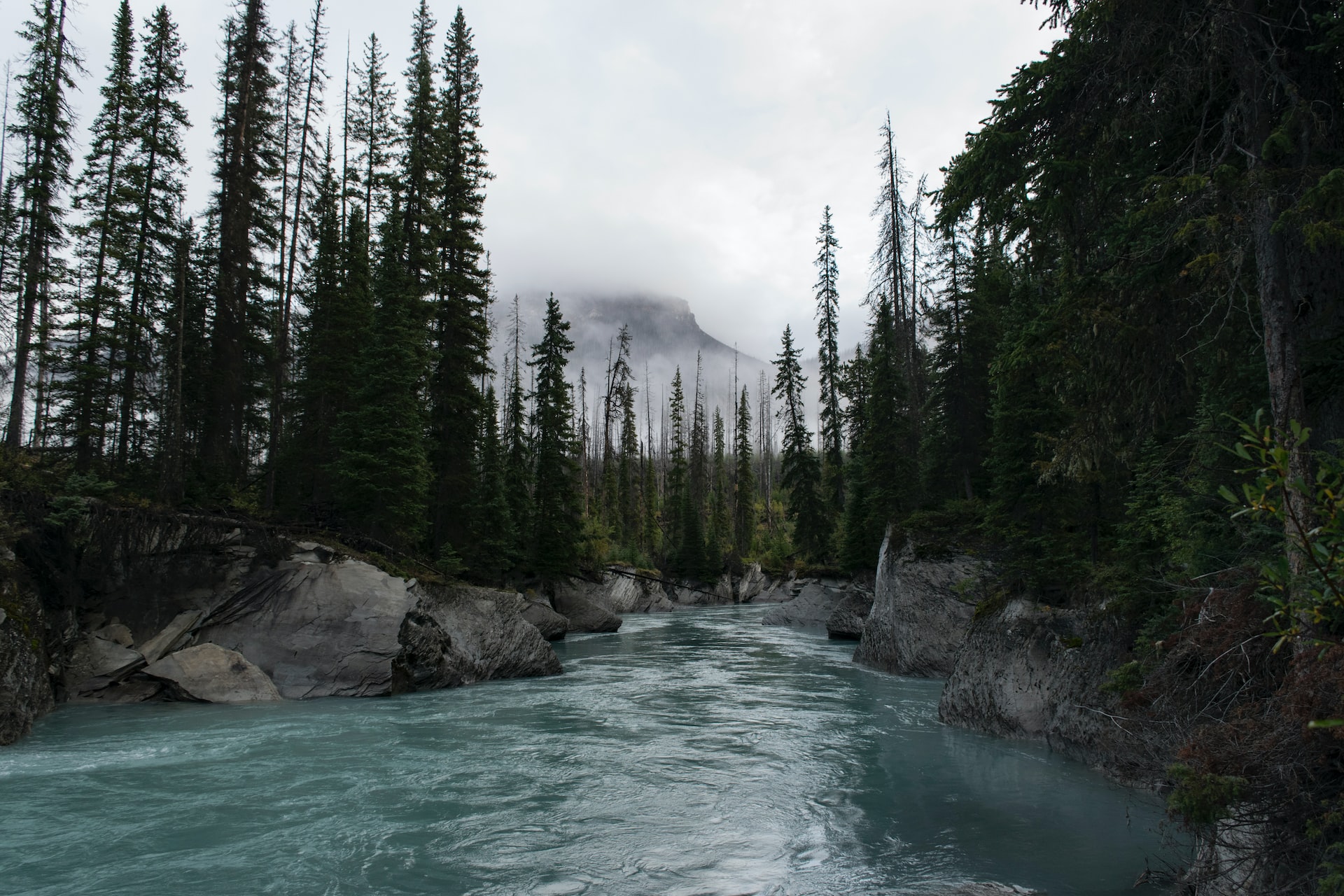The Role Of Forests In Mitigating Climate Change And Preserving Biodiversity

Forests play a crucial role in mitigating climate change and preserving biodiversity. They act as carbon sinks, absorbing and storing carbon dioxide from the atmosphere, and provide habitats for a wide variety of plant and animal species.
The Role of Forests as Carbon Sinks
Forests play a crucial role in mitigating climate change by acting as carbon sinks, absorbing and storing carbon dioxide from the atmosphere. Trees and other vegetation absorb carbon dioxide through photosynthesis and store it in their biomass, including leaves, branches, and trunks. According to the United Nations Framework Convention on Climate Change (UNFCCC), forests are responsible for absorbing about a third of all carbon emissions caused by human activities.
Deforestation and other forms of land use change, such as the conversion of forests to agriculture or urban areas, results in the release of this stored carbon into the atmosphere, contributing to global warming. This is why it’s crucial to protect and restore forests to mitigate climate change.
Preserving Biodiversity
Forests also play a crucial role in preserving biodiversity. They provide habitats for a wide variety of plant and animal species, many of which are found nowhere else on Earth. Forests are home to an estimated 80% of the world’s terrestrial biodiversity, including endangered species like orangutans, elephants, and gorillas.
Forests also provide important ecosystem services, such as pollination, seed dispersal, and nutrient cycling. These services are essential for maintaining the health and productivity of ecosystems, and for the well-being of human populations that depend on them.
Deforestation and other forms of land use change, such as the conversion of forests to agriculture or urban areas, can lead to the loss of biodiversity. This can have a ripple effect on ecosystems and can also lead to the loss of important ecosystem services.
Sustainable Forest Management
Sustainable forest management is crucial for preserving forests and their ability to mitigate climate change and preserve biodiversity. This includes practices such as selective logging, agroforestry, and reforestation. These practices help to ensure that forests are used in a sustainable manner, maintaining their ability to store carbon, provide habitat, and provide ecosystem services.
Additionally, community-based forest management and the recognition of indigenous peoples’ rights over their traditional lands and resources, can help to ensure that the benefits of forests are shared equitably and that local communities have a stake in the sustainable management of forests.
In conclusion, forests play a crucial role in mitigating climate change and preserving biodiversity. They act as carbon sinks, absorbing and storing carbon dioxide from the atmosphere, and provide habitats for a wide variety of plant and animal species.





